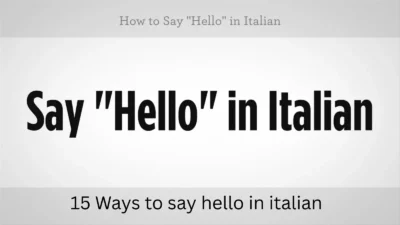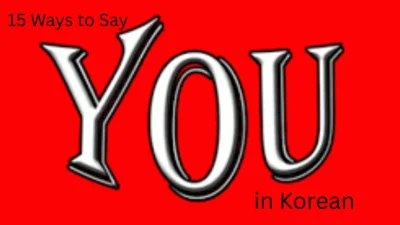How to Say Happy Birthday in Spanish 🎉 is one of the most joyful phrases you can learn when starting the language. If you’re celebrating with friends, family, or colleagues, knowing how to wish someone a happy birthday in Spanish adds a warm and personal touch to your greeting.
In this guide, we’ll explore how to say happy birthday in Spanish in different ways so you can make any celebration extra special.
Learning how to say happy birthday in Spanish will help you join in on birthday festivities with confidence. It’s a phrase you can use in person, in cards, or even in text messages.
By practicing how to say happy birthday in Spanish, you’ll be able to make your greetings sound heartfelt and authentic. Whether you’re traveling or simply speaking with Spanish speakers, how to say happy birthday in Spanish is a phrase worth knowing.
Happy birthday in Spanish:
Let’s explore 15 authentic ways to say Happy Birthday in Spanish, complete with real-life dialogue and cultural background.
1. ¡Feliz cumpleaños!
(Happy Birthday!)
Origin:
The standard and most widely used birthday greeting across the Spanish-speaking world.
Example:
👤 Usuario A: ¡Feliz cumpleaños, Carla!
👤 Usuario B: ¡Gracias! Qué lindo que lo recuerdes.
Use: Universal; formal or casual.
2. ¡Feliz cumple!
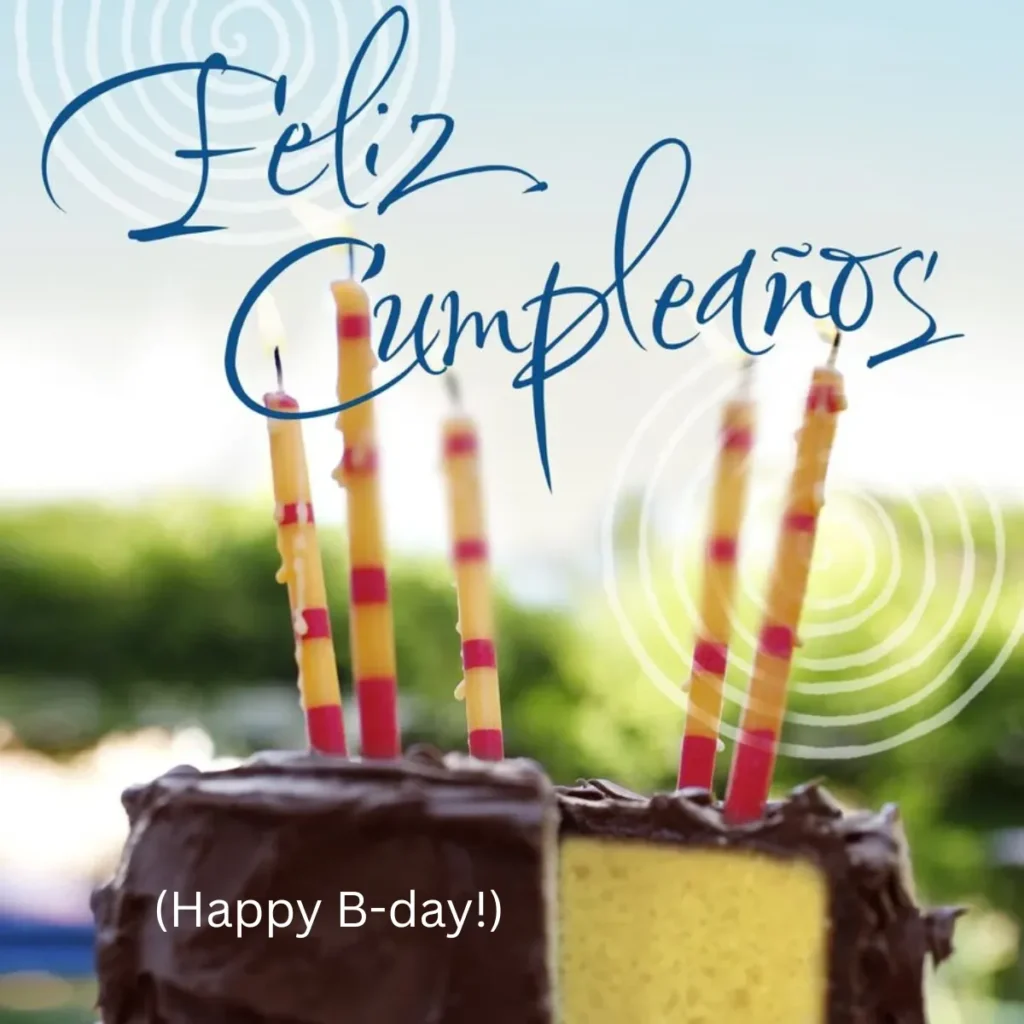
(Happy B-day!)
Origin:
A shortened, more casual version of “feliz cumpleaños.” Common in everyday conversation and text messages.
Example:
👤 Usuario A: ¡Feliz cumple, bro! ¿Planes para hoy?
👤 Usuario B: ¡Gracias! Salimos a cenar esta noche.
Use: Informal; used among friends or peers.
3. ¡Que cumplas muchos más!
(May you have many more birthdays!)
Origin:
A warm, traditional phrase often added after the main greeting. It’s also a line from Spanish birthday songs.
Example:
👤 Usuario A: ¡Feliz cumple, Sofía! ¡Que cumplas muchos más!
👤 Usuario B: ¡Mil gracias, me alegra mucho!
Use: Common in Spain and Latin America.
4. ¡Feliz día!

(Happy day!)
Origin:
Used when referring to someone’s special day, not just limited to birthdays. Very warm and simple.
Example:
👤 Usuario A: ¡Feliz día, Juan! ¡A disfrutar!
👤 Usuario B: ¡Gracias, amigo!
Use: Casual and versatile; good on social media.
5. ¡Felicidades!
(Congratulations!)
Origin:
Though it means “congratulations,” it’s widely used to wish someone a happy birthday, especially in Spain.
Example:
👤 Usuario A: ¡Felicidades por tu cumple!
👤 Usuario B: ¡Gracias! Qué detalle.
Use: Common in Spain; also used in Latin America.
6. ¡Pásalo genial en tu día!
(Have a great time on your day!)
Origin:
An encouraging phrase that emphasizes enjoying the celebration.
Example:
👤 Usuario A: ¡Pásalo genial en tu día, Marta!
👤 Usuario B: ¡Gracias! ¡Eso intentaré!
Use: Casual and friendly.
7. ¡Que tengas un cumpleaños increíble!
(Hope you have an amazing birthday!)
Origin:
This one mirrors English birthday wishes and is often used in modern, written messages.
Example:
👤 Usuario A: ¡Que tengas un cumpleaños increíble, Tomás!
👤 Usuario B: ¡Qué amable! Muchas gracias.
Use: Great for cards, DMs, or WhatsApp.
8. ¡Te deseo lo mejor en tu cumpleaños!
(Wishing you the best on your birthday!)
Origin:
A more heartfelt and meaningful version, perfect for close relationships.
Example:
👤 Usuario A: ¡Te deseo lo mejor en tu cumpleaños, hermana!
👤 Usuario B: ¡Gracias, eso me emociona mucho!
Use: Semi-formal or emotional occasions.
9. ¡A celebrar se ha dicho!
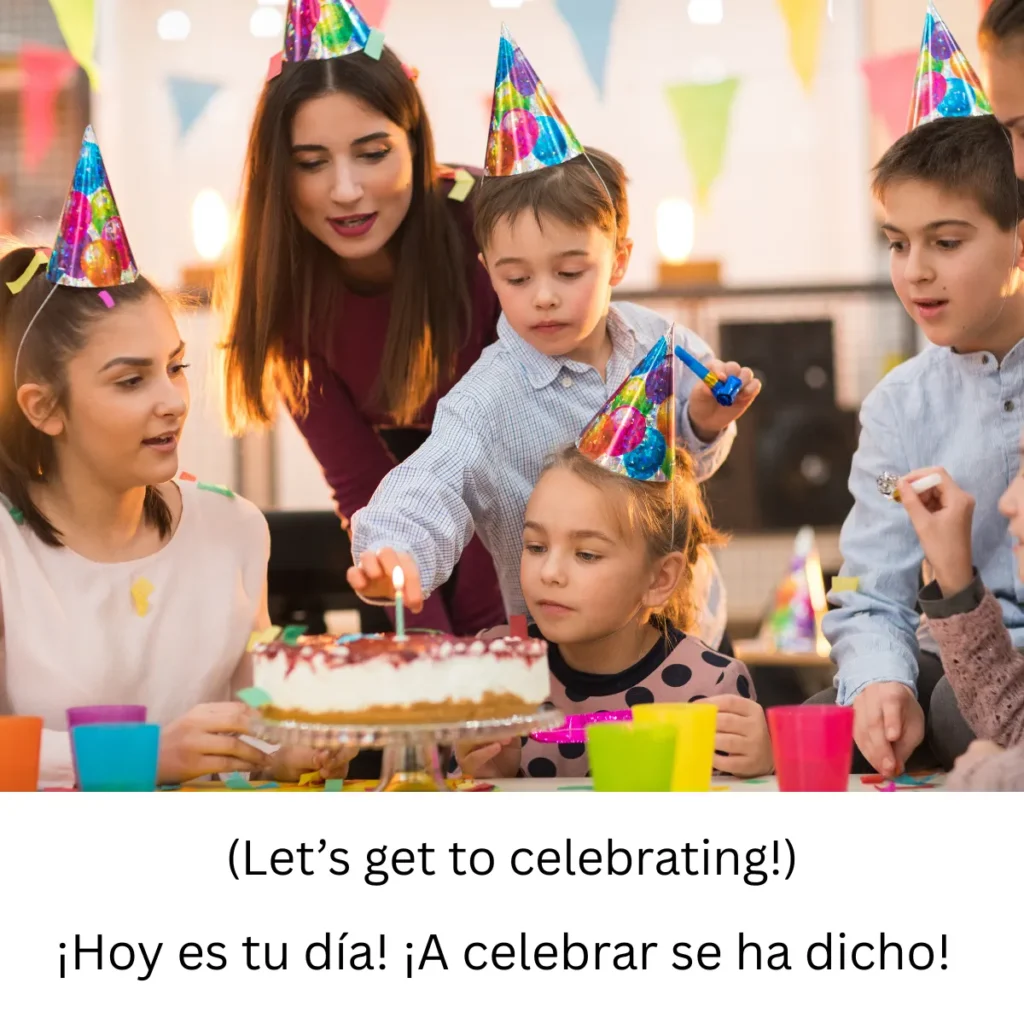
(Let’s get to celebrating!)
Origin:
A lively, informal Latin American expression to kick off the party mood.
Example:
👤 Usuario A: ¡Hoy es tu día! ¡A celebrar se ha dicho!
👤 Usuario B: ¡Claro que sí! ¡Vamos!
Use: Informal, festive.
10. ¡Feliz vuelta al sol!
(Happy trip around the sun!)
Origin:
A poetic and modern expression gaining popularity, especially in social media.
Example:
👤 Usuario A: ¡Feliz vuelta al sol, Leo!
👤 Usuario B: ¡Qué frase tan linda! ¡Gracias!
Use: Creative and Instagram-friendly.
11. ¡Disfruta tu día al máximo!
(Enjoy your day to the fullest!)
Origin:
A motivational twist on birthday greetings, focused on making the most of it.
Example:
👤 Usuario A: ¡Disfruta tu día al máximo, Dani!
👤 Usuario B: ¡Eso haré, gracias!
Use: Cheerful and warm.
12. ¡Hoy es todo sobre ti!
(Today is all about you!)
Origin:
Modern and influenced by English birthday culture; often used on Instagram or birthday captions.
Example:
👤 Usuario A: ¡Feliz cumpleaños! ¡Hoy es todo sobre ti!
👤 Usuario B: ¡Me encanta! ¡Gracias!
Use: Casual, trendy.
13. ¡Mil bendiciones en tu día!
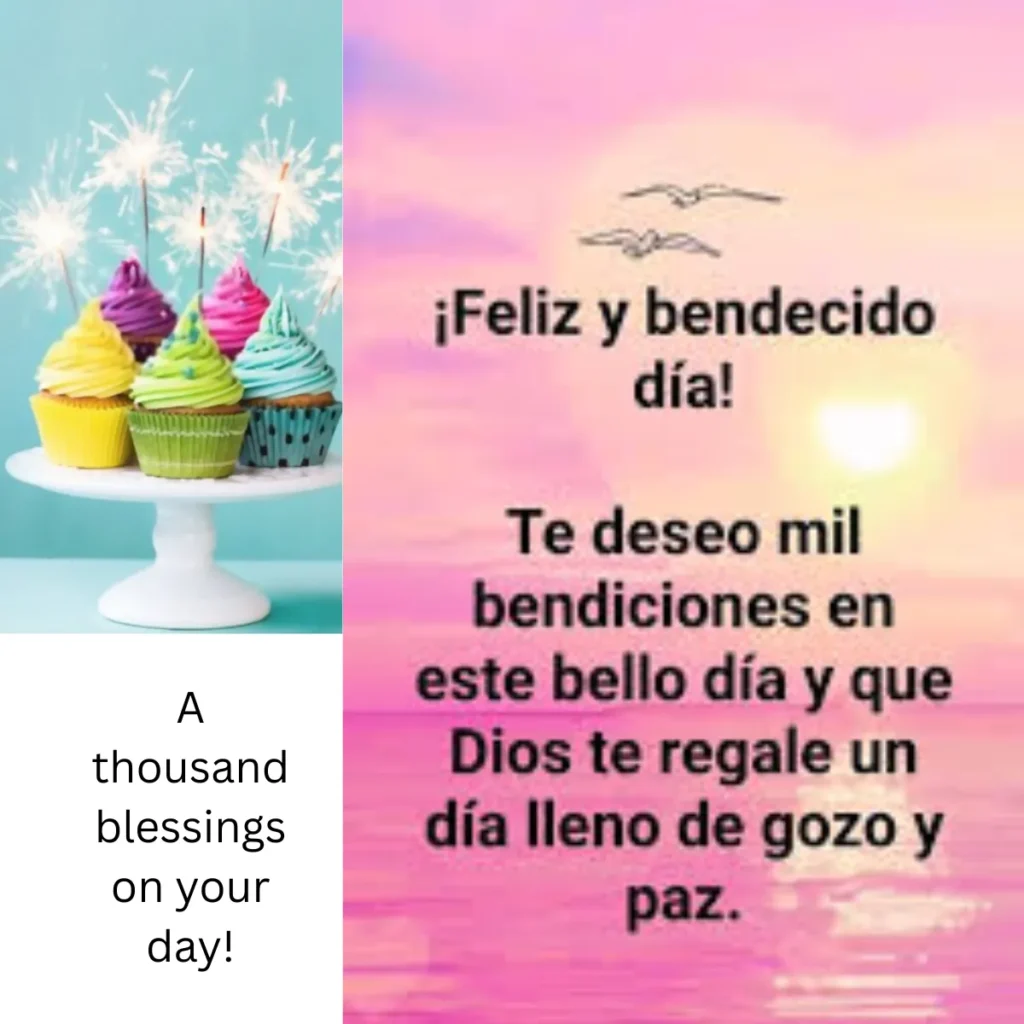
(A thousand blessings on your day!)
Origin:
Often used in religious or spiritual communities to add a faith-based touch.
Example:
👤 Usuario A: ¡Mil bendiciones en tu día, abuela!
👤 Usuario B: ¡Qué hermoso mensaje! ¡Dios te bendiga!
Use: Formal or spiritual.
14. ¡Otro año de sabiduría y alegría!
(Another year of wisdom and joy!)
Origin:
A thoughtful way to acknowledge someone aging with grace — often used for adults.
Example:
👤 Usuario A: ¡Otro año de sabiduría y alegría, profesor!
👤 Usuario B: ¡Gracias, querido alumno!
Use: Semi-formal or for older recipients.
15. ¡A soplar las velas!
(Time to blow out the candles!)
Origin:
More playful and childlike, this phrase is perfect for festive moments and birthday cakes.
Example:
👤 Usuario A: ¡Vamos, a soplar las velas!
👤 Usuario B: ¡Pide un deseo primero!
Use: Fun and family-oriented.
Conclusion:
🎉 Now that you know how to say happy birthday in Spanish, you can celebrate birthdays with warmth, authenticity, and cultural appreciation. Whether you say it in person, write it in a card, or send it in a message, it will make the moment more special for the person receiving it.
Keep practicing how to say happy birthday in Spanish so it feels natural and confident when you use it.
A heartfelt birthday wish in someone’s native language can create lasting memories and strengthen your bond.
It’s also a wonderful way to show that you value their culture and language. So next time, don’t hesitate to use how to say happy birthday in Spanish to brighten someone’s day.

